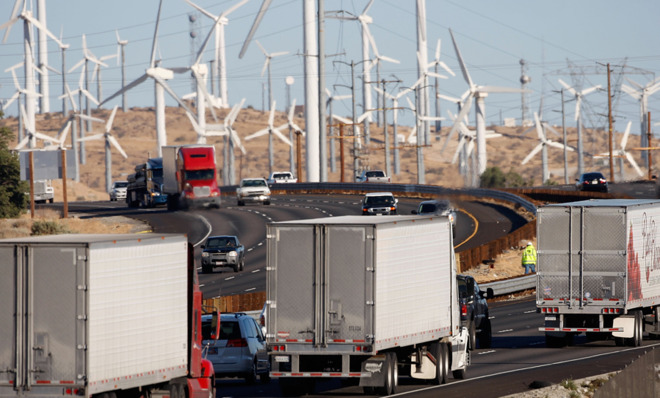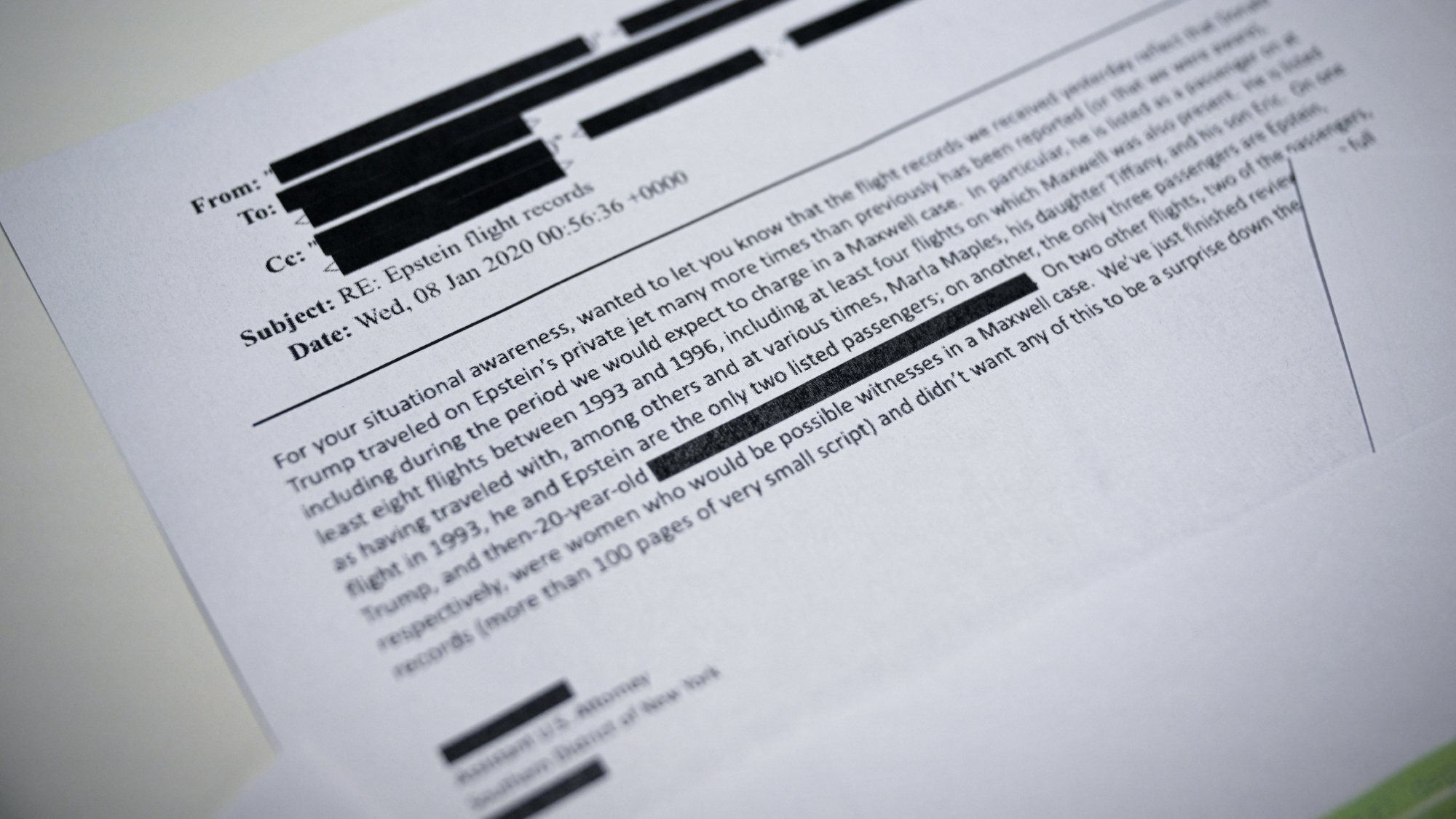Why energy storage is the key to a cleaner energy future
California's new storage mandate could be a model for the country

This week, California passed the nation's first energy storage mandate — an ambitious step in a long-term plan to switch to renewable energy and cut greenhouse gas emissions statewide.
Introduced by California Public Utilities' new commissioner, Carla Peterman, the mandate requires PG&E, Southern California Edison, and San Diego Gas & Electric — the state's three biggest investor-owned electric utility companies — to collectively buy 1.3 gigawatts of energy storage capacity by 2020. That's more than is now produced by the San Onofre nuclear power station in Southern California, says Quartz.
The utilities will have until between 2014 and 2020 to procure bids for the necessary energy storage products, like batteries and flywheels, and until 2024 to install the technologies.
The Week
Escape your echo chamber. Get the facts behind the news, plus analysis from multiple perspectives.

Sign up for The Week's Free Newsletters
From our morning news briefing to a weekly Good News Newsletter, get the best of The Week delivered directly to your inbox.
From our morning news briefing to a weekly Good News Newsletter, get the best of The Week delivered directly to your inbox.
In addition, municipal utilities will be required to buy enough energy storage to equal one percent of their projected 2020 peak electricity demand by the same year.
It's all part of the state's big push to get 33 percent of their electricity from renewable sources by the end of the decade. One of that plan's greatest obstacles is the fact that renewables like solar and wind collect energy inconsistently. On sunny or windy days, they can harvest more, and supply utility plants with large dumps of electricity. On cloudy, still days, they naturally harvest less. "That’s bad for the grid, which needs to maintain a balance of supply and demand to avoid blackouts and other problems," says Gigaom.
A backup system will ensure a more consistent supply, and "allow grid operators to avoid tapping fossil-fuel power plants when they need to balance supply and demand," says Quartz.
Another bonus: Lawmakers expect the mandate to trigger growth in California's clean technology economy, driving innovation in storage technologies, much like the renewables mandate did for the solar industry. Quartz points to LightSail Energy, a startup building a compressed air renewable storage system, as a possible beneficiary. With investment from Bill Gates and venture capitalist Peter Thiel, LightSail's technology "uses motors to compress air in a tank to store energy generated by wind farms and other renewable source," says Forbes. "When the air is heated it expands and drives pistons to generate electricity when, say, the wind isn’t blowing."
A free daily email with the biggest news stories of the day – and the best features from TheWeek.com
The utility companies, for their part, were reluctant to approve the plan, insisting that the technologies are too expensive, and that the plan is too much, too soon. Two commissioners, Michael Peevey and Mark Ferron, also pointed out potential snags. Gigaom explains:
The exclusion of large-scale pumped storage — pumping water to a reservoir and using that water for electricity generation later — also takes away a cheaper and proven way of storing energy for ratepayers. Peevey added that the rules aren’t clear on how energy storage being installed at homes and businesses could help utilities meet their mandate. [Gigaom]
Still, the mandate passed unanimously on Thursday. "Storage really is the game changer in the electric industry," said Mike Florio, another commissioner. "And while this new policy is not without risk, the potential rewards are enormous."
Carmel Lobello is the business editor at TheWeek.com. Previously, she was an editor at DeathandTaxesMag.com.


